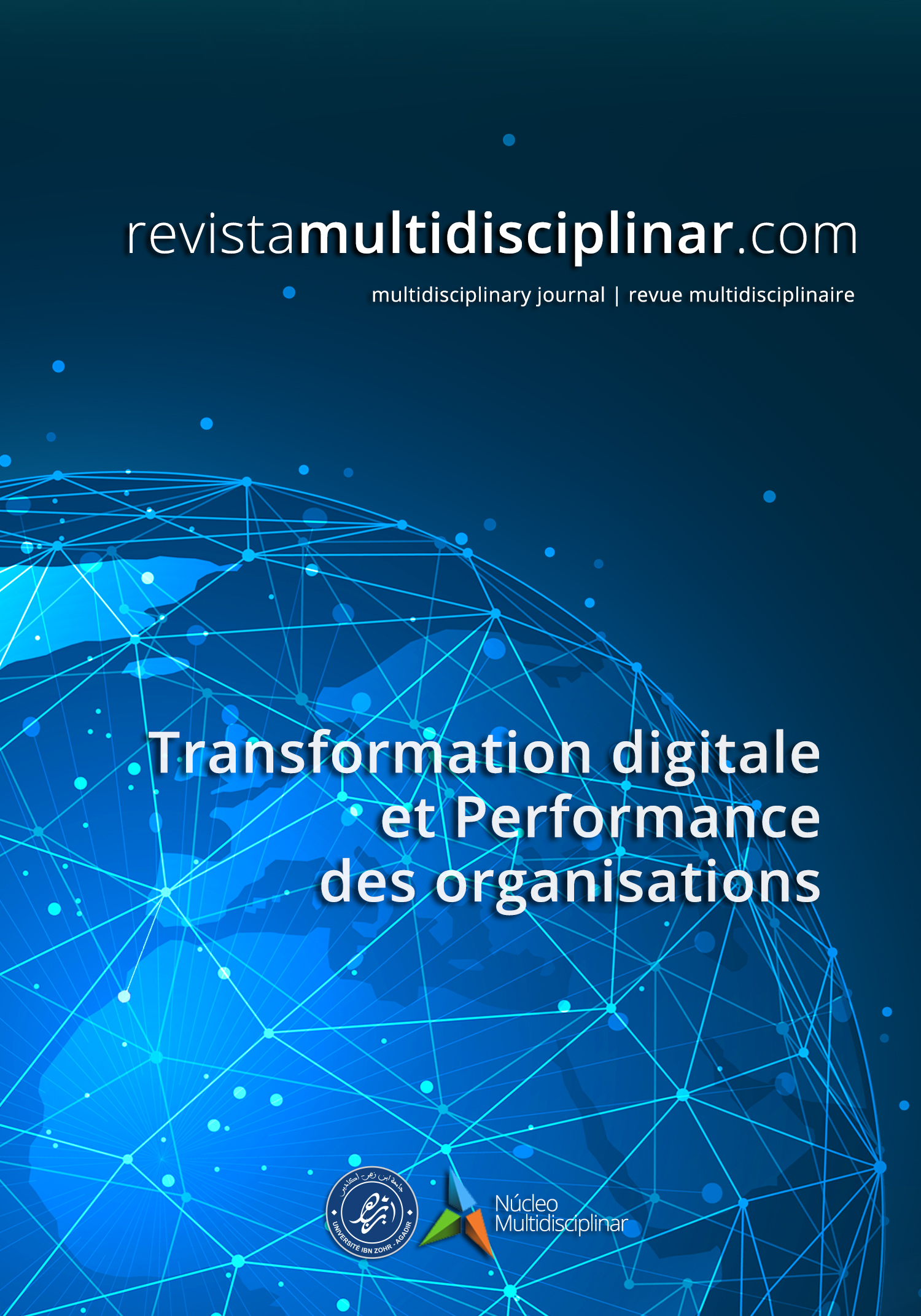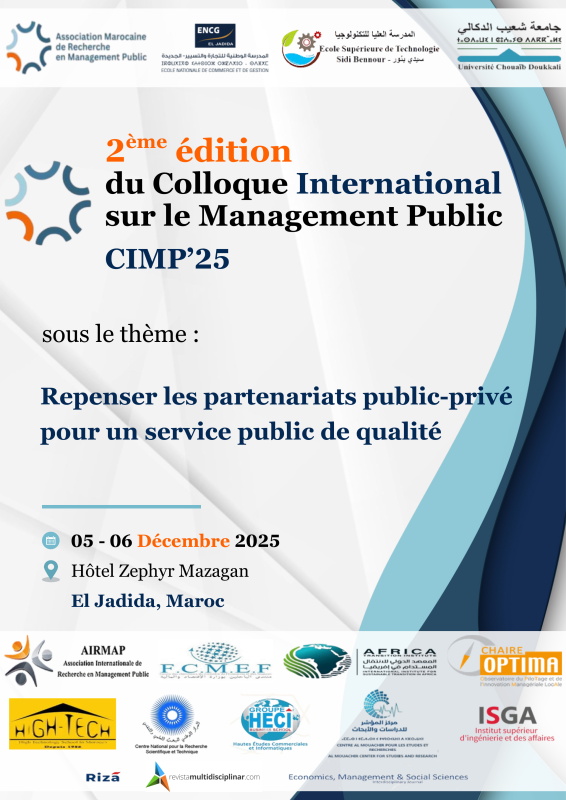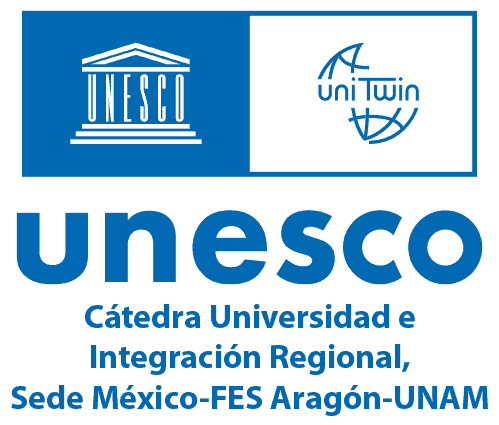The contribution of the management control system to the evaluation of intangible capital in innovative companies
A theoretical conceptual model
DOI:
https://doi.org/10.23882/rmd.23173Keywords:
intangible capital, Resources based view, dynamic capabilities, human capital, organizational capital , management control systemAbstract
With the rise of digitalization and artificial intelligence, intangible capital is recognized, through its components, as a primary source of performance within companies. Alongside the recognition of its importance in determining a company's value, we are witnessing the growing role of management control systems in the context of intangible capital (Novas et al., 2017). As a result, an effective and innovative corporate management control system facilitates the valuation of intangible capital and enhances its contributions (Mouritsen & Roslender, 2009; Tayles et al., 2007). It also effectively supports a company's knowledge capacity (Lee & Widener, 2016) and its quest for competitive advantage (Simons, 1995). The aim of this article is to present a theoretical conceptual model of the contribution of the management control system to the evaluation of intangible capital and its components in innovative companies (Start-ups). We have chosen innovative companies as our field of study because of the immateriality that characterizes this type of company and the close relationship between their values and their ability to assess their intangible capital. Accordingly, we have drawn on resource theory (Barney, 1991), dynamic capability theory (Teece et al., 2008) and the strategic approach to intangible capital management (Arrègle, 2006) as theoretical foundations for the literature. Our study presents a theoretical conceptual model that shows the role of the management control system in the evaluation of intangible capital and its components.
References
Anthony, R. (1965). Planning and Control Systems : A Framework for Analysis. 7.
Arrègle, J.-L. (2006). Analyse« Resource Based » et identification des actifs stratégiques. Revue francaise de gestion, 160(1), 241‑259.
Asiaei, K., & Jusoh, R. (2015). A multidimensional view of intellectual capital : The impact on organizational performance. Management Decision, 53(3), 668‑697.
Barney, J. (1991). Firm Resources and Sustained Competitive Advantage. Journal of Management, 17(1), 99‑120.
Benevene, P., Kong, E., Barbieri, B., Lucchesi, M., & Cortini, M. (2017). Representation of intellectual capital’s components amongst Italian social enterprises. Journal of Intellectual Capital, 18(3), 564‑587.
Bessieux-Ollier, C., & Walliser, E. (2010). Le capital immatériel. État des lieux et perspectives. Revue française de gestion, 36(207), 85‑92.
Bogdan, V., Popa, C. D. S., Beleneşi, M., Burja, V., & Popa, D. N. (2017). Empirical Analysis of Intellectual Capital Disclosure and Financial Performance – Romanian Evidence. ECONOMIC COMPUTATION AND ECONOMIC CYBERNETICS STUDIES AND RESEARCH, 51(2), 125‑143.
Bontis, N. (1998). Intellectual capital : An exploratory study that develops measures and models. Management decision.
Bontis, N. (2001). Assessing Knowledge Assets : A Review of the Models Used to Measure Intellectual Capital. International Journal of Management Reviews, 3, 41‑60.
Bounfour, A. (2012). La valeur dynamique du capital immatériel. Revue Française de Gestion.
Brooking, A. (1997). Intellectual capital. International Thomson Business Press.
Buenechea-Elberdin, M. (2017). Structured literature review about intellectual capital and innovation. Journal of Intellectual Capital, 18(2), 262‑285. Cabrilo, S., & Dahms, S. (2018). How strategic knowledge management drives intellectual capital to superior innovation and market performance. Journal of Knowledge Management, 22(3), 621‑648.
Cuozzo, B., Dumay, J., Palmaccio, M., & Lombardi, R. (2017). Intellectual capital disclosure : A structured literature review. Journal of Intellectual Capital, 18(1), 9‑28.
Edvinsson, L., & Malone, M. S. (1997). Intellectual Capital : Realizing Your Company’s True Value by Finding Its Hidden Brainpower.
Edvinsson, & Malone. (1999). Le capital immatériel de l’entreprise. Maxima.
Fustec, A., & Marois, B. (2006). Valoriser le capital immatériel de l’entreprise. Éd. d’Organisation.
Grant, R. (1999). The Resource-Based Theory of Competitive Advantage : Implications for Strategy Formulation. In Knowledge and Strategy (p. 3‑23). Elsevier.
Idboufakir, A. I., Akrich, S., & Aazzab, A. (2022). L’impact du capital immatériel sur la performance commerciale des entreprises marocaines : Cas des PME du Grand Agadir. International Journal of Accounting, Finance, Auditing, Management and Economics, 3(4‑3), Art. 4‑3.
Isanzu, J. N. (2016). The Relationship Between Intellectual Capital and Financial Performance of Banks in Tanzania. Journal on Innovation and Sustainability. RISUS ISSN 2179-3565, 7(1), 28.
Itami. (1987). Mobilizing invisible assets (Harvard University Press).
Kanthi Herath, S. (2007). A framework for management control research. Journal of Management Development, 26(9), 895‑915.
Kaplan, & Norton. (1992). The balanced scorecard–measures that drive performance. Harvard business review, 70(1), 71—79.
Kaplan, R. S., & Norton, D. P. (1996). The balanced scorecard : Translating strategy into action. Harvard Business School Press.
Kaya, T., & Erkut, B. (2017). Tacit Knowledge for Strategic Advantage : Social Media Use of Employees in the Financial Sector. 516‑522.
Kianto, A. (2007). What do we really mean by the dynamic dimension of intellectual capital? International Journal of Learning and Intellectual Capital, 4(4), 342.
Kok, A. (2015). Intellectual capital management at universities [Thèse de Doctorat]. University of Johannesburg.
Koufteros, X., Verghese, A. J., & Lucianetti, L. (2014). The effect of performance measurement systems on firm performance : A cross-sectional and a longitudinal study. Journal of Operations Management, 32, 313‑336.
Kritikos, A. (2014). Entrepreneurs and their impact on jobs and economic growth. IZA World of Labor.
Lee, M. T., & Widener, S. K. (2016). The Performance Effects of Using Business Intelligence Systems for Exploitation and Exploration Learning. Journal of Information Systems, 30(3), 1‑31.
March, J. G., & Simon, H. A. (1993). Organizations, 2nd ed. (p. ix, 287). Blackwell Business/Blackwell Publishers.
Martory, & Pierrat. (1996). La gestion de l’immatériel.
Massaro, M., Dumay, J., & Bagnoli, C. (2015). Where there is a will there is a way : IC, strategic intent, diversification and firm performance. Journal of Intellectual Capital, 16(3), 490‑517.
Montalan, M.-A., & Béatrice, V. (2011, mai). Performance des organisations transversales hospitalières : Proposition d’un outil d’ évaluation du capital immatériel des ́equipes mobiles de gériatrie. Comptabilités, économie et société.
Moon, Y. J., & Kym, H. G. (2009). A Model for the Value of Intellectual Capital. Canadian Journal of Administrative Sciences / Revue Canadienne Des Sciences de l’Administration, 23(3), 253‑269.
Mouritsen, J., & Roslender, R. (2009). Critical intellectual capital. Critical Perspectives on Accounting, 20(7), 801‑803.
Nelson, R., & Winter, S. (1982). The Schumpeterian Tradeoff Revisited. American Economic Review, 72(1), 114‑132.
Nonaka, I., & Takeuchi, H. (1995). The Knowledge-creating Company : How the Japanese Companies Create the Dynamics of Innovation. Oxford University Press.
Novas, J. C., Alves, M. do C. G., & Sousa, A. (2017). The role of management accounting systems in the development of intellectual capital. Journal of Intellectual Capital, 18(2), 286‑315.
Osorio, A. E., Ozkazanc-Pan, B., & Donnelly, P. F. (2015). An entrepreneurial context for the theory of the firm : Exploring assumptions and consequences. New England Journal of Entrepreneurship, 18(1), 71‑85.
Otley, D. (1996). Some issues in management control.
Priem, R. L., & Butler, J. E. (2001). Is the Resource-Based « View » a Useful Perspective for Strategic Management Research? The Academy of Management Review, 26(1), 22.
Riahi-Belkaoui, A. (2015). Antecedents and Consequences of Earnings Opacity : An International Contingency Theory.
Roos, J. (1998). Exploring the concept of intellectual capital (IC). Long Range Planning, 31(1), 150‑153.
Schumpeter, J. A. (1942). Théorie de la destruction créatrice.
Simons, R. (1995). Levers of Control : How Managers Use Innovative Control Systems to Drive Strategic Renewal. Harvard Business School Press.
Strauß, E., & Zecher, C. (2013). Management control systems : A review. Journal of Management Control, 23(4), 233‑268.
Sveiby, K. (1997). The Intangible Assets Monitor. Journal of Human Resource Costing & Accounting, 2(1), 73‑97.
Tayles, M., Pike, R. H., & Sofian, S. (2007). Intellectual capital, management accounting practices and corporate performance : Perceptions of managers. Accounting, Auditing & Accountability Journal, 20(4), 522‑548.
Teece, D. J., Pisano, G., & Shuen, A. (2008). Dynamic capabilities and strategic management (p. 27‑52).
Turner, N., Swart, J., & Maylor, H. (2013). Mechanisms for Managing Ambidexterity : A Review and Research Agenda: Mechanisms for Managing Ambidexterity. International Journal of Management Reviews, 15(3), 317‑332.
Ur Rehman, S., Elrehail, H., Alsaad, A., & Bhatti, A. (2021). Intellectual capital and innovative performance : A mediation-moderation perspective. Journal of Intellectual Capital.
Wang, C. L., & Ahmed, P. K. (2007). Dynamic capabilities : A review and research agenda. International Journal of Management Reviews, 9(1), 31‑51.
Wendra, W., Sule, E. T., Joeliaty, J., & Azis, Y. (2019). Exploring dynamic capabilities, intellectual capital and innovation performance relationship : Evidence from the garment manufacturing. Business: Theory and Practice, 20, 123‑136.
Xu, J., & Wang, B. (2018). Intellectual Capital, Financial Performance and Companies’ Sustainable Growth : Evidence from the Korean Manufacturing Industry. Sustainability, 10(12), 4651.
Zambon, S. (2004). Intangibles and Intellectual Capital : An Overview of the Reporting Issues and Some Measurement Models. The Economic Importance of Intangible Assets.
Zhang, M., Qi, Y., Wang, Z., Pawar, K. S., & Zhao, X. (2018). How does intellectual capital affect product innovation performance ? Evidence from China and India. International Journal of Operations & Production Management, 38(3), 895‑914.
Downloads
Published
How to Cite
Issue
Section
License
Copyright (c) 2023 Abderrahim Id Boufakir, Said Akrich

This work is licensed under a Creative Commons Attribution-NonCommercial 4.0 International License.








